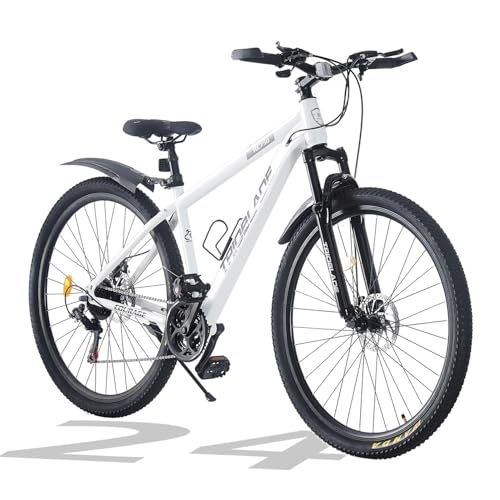How often should I replace my bicycle tires?
Replacing your bicycle tires is an essential part of bicycle maintenance. Regular tire replacement ensures optimal performance, safety, and longevity of your bike. The frequency at which you should replace your bicycle tires depends on various factors, including the type of tire, riding conditions, and your riding style. In general, it is recommended to replace your bicycle tires when they become worn out or damaged. However, there are some guidelines you can follow to determine when it’s time for a tire replacement.
Tire Wear Indicators
One way to determine if your bicycle tires need to be replaced is to look for tire wear indicators. Most bicycle tires have a wear indicator in the form of a small groove or line on the tire tread. When the tread wears down to the level of the wear indicator, it’s a sign that the tire has reached the end of its lifespan and should be replaced. If your bicycle tires don’t have a wear indicator, you can use a coin to measure the tread depth. Insert a coin into the tread with the edge facing down. If the tread covers the edge of the coin, the tire is still in good condition. However, if the edge of the coin is visible, it’s time to replace the tire.
Riding Conditions
The riding conditions play a crucial role in determining the lifespan of your bicycle tires. If you frequently ride on rough or gravel roads, the tires are more prone to wear and tear, and you may need to replace them more often. Similarly, if you often ride in wet or muddy conditions, the tires may wear out faster due to increased friction and exposure to moisture. On the other hand, if you primarily ride on smooth pavement, your bicycle tires may last longer. Consider the riding conditions and adjust your tire replacement schedule accordingly.
Riding Style
Your riding style also affects the lifespan of your bicycle tires. If you are an aggressive rider who enjoys riding at high speeds or performing tricks and stunts, your tires will experience more stress and wear out faster. On the other hand, if you ride casually and take it easy on your bike, your tires may last longer. It’s important to assess your riding style and replace your bicycle tires accordingly. Regularly check your tires for signs of wear and tear, such as cuts, bulges, or sidewall damage, which may indicate the need for replacement.
Maintenance and Care
Maintaining your bicycle tires properly can enhance their lifespan and delay the need for replacement. Keep your tires properly inflated to the recommended pressure, as underinflated or overinflated tires can wear out faster and increase the risk of punctures. Regularly check for debris, such as glass or nails, that may be embedded in the tire and remove them promptly to prevent punctures. Additionally, make sure to clean your tires regularly to remove any dirt or grime that can accelerate wear and deterioration. Taking care of your bicycle tires can help them last longer and reduce the frequency of replacements.
Replacing your bicycle tires is an essential part of bike maintenance. The frequency of tire replacements depends on various factors, including tread wear indicators, riding conditions, riding style, and proper maintenance. It is recommended to regularly check your tires for signs of wear and tear and replace them when necessary. By following these guidelines and taking good care of your bicycle tires, you can ensure optimal performance, safety, and longevity of your bike.






